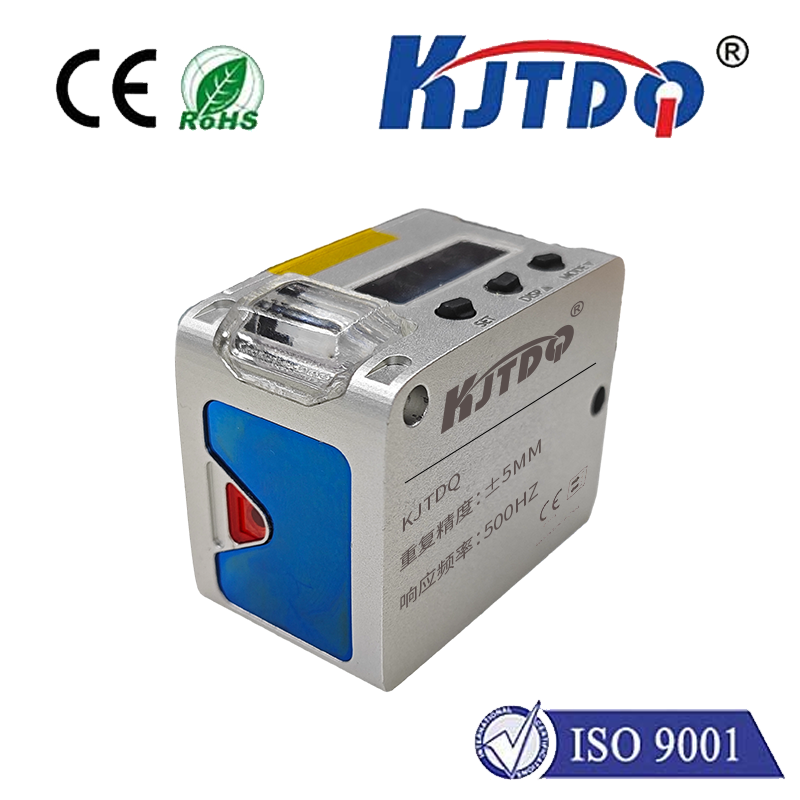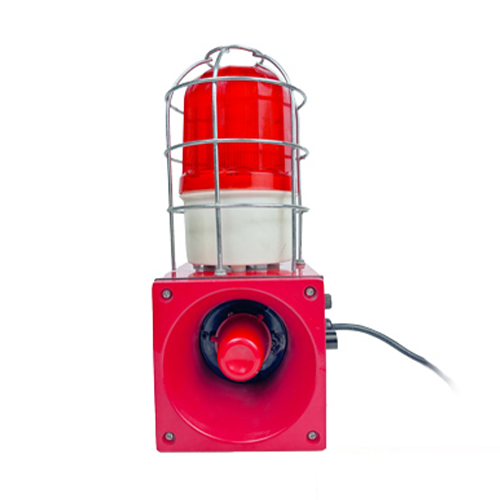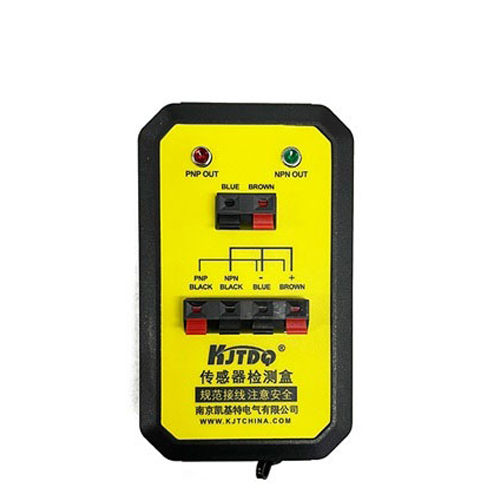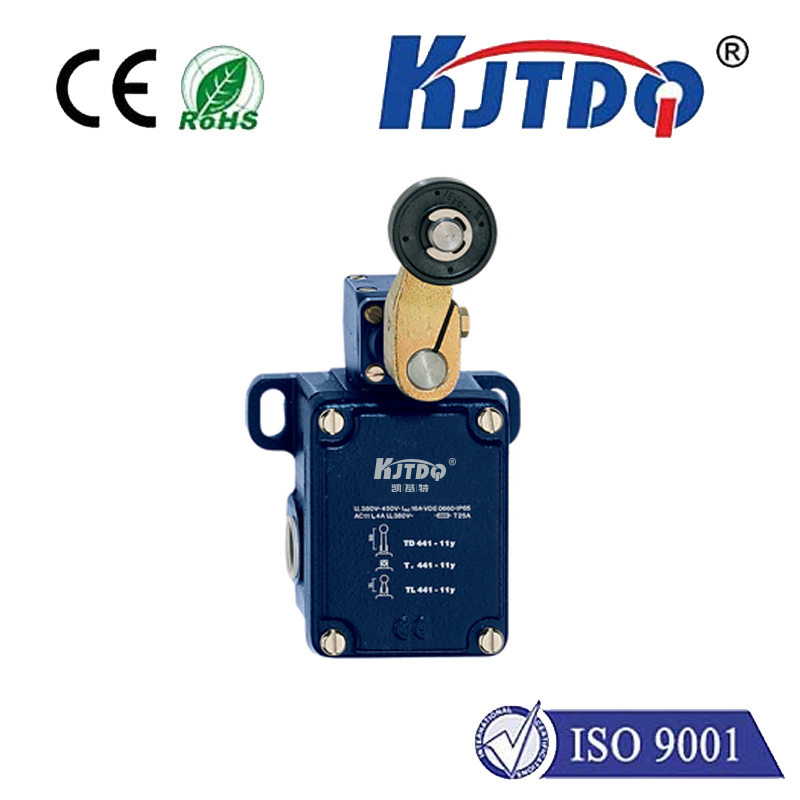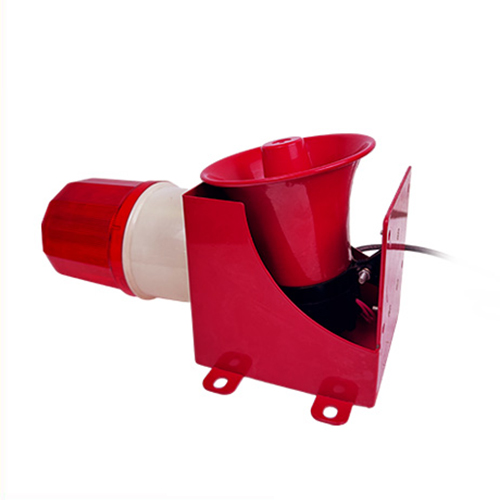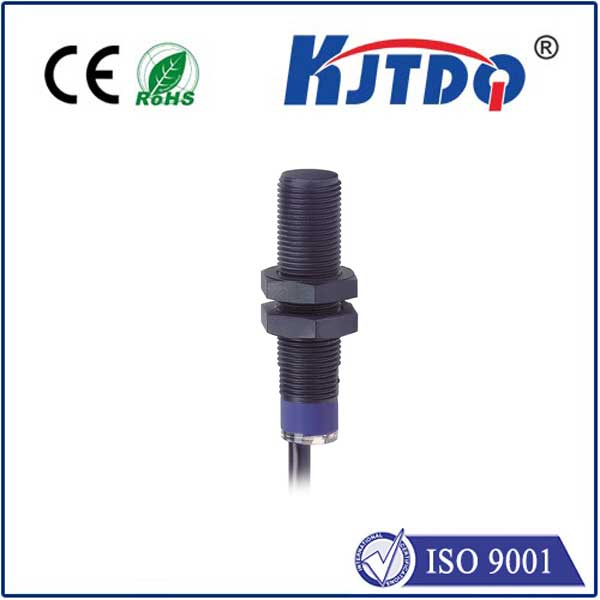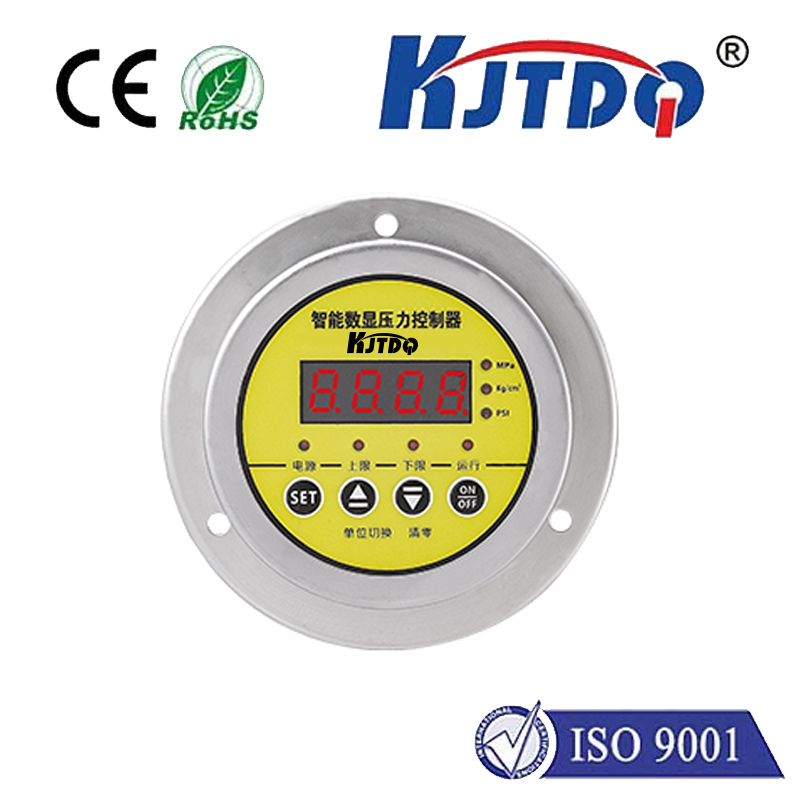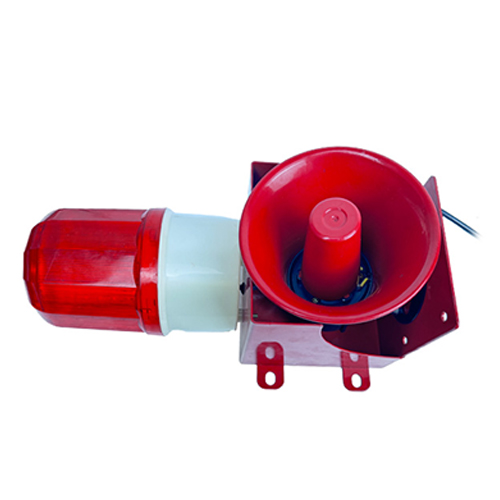

check

check

check

check
Imagine a powerful robotic arm, programmed with precise movements, suddenly lurching beyond its intended path. Or envision a massive hydraulic press descending relentlessly, unaware that its target component has shifted. Without a crucial safety net, these scenarios could escalate into devastating collisions, mangled machinery, costly downtime, and even severe injuries. This is the catastrophic reality over travel limit switches exist solely to prevent. Far more than mere components, they are the unheralded guardians of operational integrity, personnel safety, and asset protection within countless industrial processes.
Understanding the Over Travel Limit Switch: Core Function and Necessity
At its essence, an over travel limit switch is a highly specialized electro-mechanical device designed as the final line of defense. Its primary mission: detect when a moving part – be it a machine carriage, a robotic axis, a crane trolley, or an elevator car – has exceeded its designated, safe operational travel boundaries. Think of it as an emergency stop beacon for positional limits.
Unlike regular limit switches used for routine positional control or sequencing within the machine’s normal cycle, the over travel limit switch is specifically positioned and calibrated to activate only when all other control systems have failed or an unforeseen condition pushes the machinery beyond its programmed envelope. It’s the fail-safe mechanism that triggers when things go wrong.
How Do These Critical Safety Devices Operate?

The principle is elegantly straightforward, built for reliability:
Where Are Over Travel Limit Switches Indispensable? Key Applications
You’ll find these vital safety components hard at work in virtually every sector involving automation and movement:
The High Price of Neglect: Consequences of Over Travel Switch Failure
The consequences of a missing, malfunctioning, improperly installed, or bypassed over travel limit switch are severe and multifaceted:
Ensuring Reliability: Maintenance and Best Practices
Given their critical safety role, regular inspection and maintenance of over travel limit switches are non-negotiable:
Beyond Basics: Smart Switches and Industry 4.0 Integration
Modern over travel limit switches are evolving. While traditional mechanical switches remain highly reliable, proximity sensors (inductive, capacitive, magnetic) offer contactless operation, ideal for harsh environments or high-speed applications where physical impact is undesirable. Increasingly, these safety devices are being integrated into broader Industrial Internet of Things (IIoT) ecosystems. Switches with diagnostic outputs can communicate their status (e.g., “actuated,” “healthy,” “faulty”) to central control systems, enabling predictive maintenance and providing valuable operational data for improving machine safety design. This digital layer enhances reliability monitoring without compromising the core safety function.
Conclusion: An Investment in Safety, Reliability, and Peace of Mind
The over travel limit switch operates quietly, often unnoticed until the critical moment arrives. It represents a fundamental engineering principle: plan for failure. By incorporating this vital safeguard, designers and operators acknowledge that control systems aren’t infallible and that mechanical systems have absolute physical constraints. Investing in properly specified, correctly installed, and diligently maintained overtravel protection isn’t merely a compliance issue; it’s a direct investment in personnel safety, asset protection, and operational continuity. In the relentless drive for efficiency and productivity, these unassuming devices stand as resilient sentinels, ensuring that machines operate within their safe boundaries, preventing the disastrous consequences of unbridled motion. Their silent vigilance is the bedrock of modern industrial safety.
